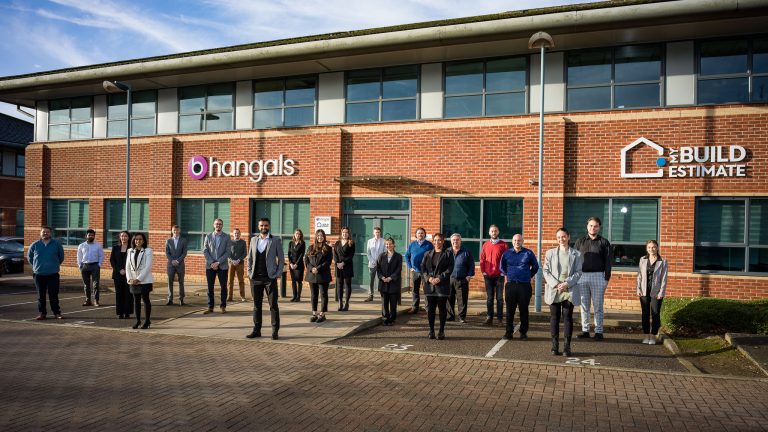From construction to restoration to furniture building, wood is a vital natural resource in almost any industry that manufactures purchasable items. The consumption of wood in the UK reached an impressive 50 million tons of timber yearly, which raises concerns about the exact provenience of the material since the nation struggles to provide even a tiny tenth of the entire amount used. The rest of 90% comes from legal and illegal resources, but it wasn’t until this year that members involved in dealing with it received more on their plates to stress about. Only one in ten timbers is home-grown in the UK, so it’s justifiable that meeting the demand for wood-based products had to find solutions elsewhere. Those utilising wood in their projects, whether we look at the average householder or the construction and renovation businesses, may use encouraged and widespread solutions for timber, such as protection from reputable providers like Rubio monocoat, but it’s what’s underneath the surface that’s subject to trouble. Similarly, the office supply and sample stationaries don’t have it easy either. The ongoing ban on infiltrating materials like birch plywood in the country impacts more parties involved in the circle, from those checking the borders to those using it in their businesses. Justifiably, the consumer-country government has introduced legislation to forbid the smuggling of ineligible wood materials developed and imported from Belarus and Russia, among other steps undertaken or in development. Here’s why and how the nation is approaching this topic of extreme urgency and who sets an example of how the subject should be addressed and wood usage stabilised. Birch plywood serves as the best example of problematic good Birch plywood has numerous applications beyond the basic wall panels or their usage in joinery, and it allows for a wide range of products, shapes, sizes, and so on. Thus, the UK is heavily reliant on its import into the country since the nation’s plywood industry doesn’t create enough supply to meet the existing and rising demands, and other factors prevent a substantial stock from being available in the market. The prices of birch plywood, which would yesterday be more affordable than maple or marine plywood, have gradually risen to hit an all-time high, all of the inconvenience being caused mainly by the ban on its facilitation from countries like Belarus or Russia. Moreover, the country sanctions the infiltration of wooden items from several parts of Ukraine. TDUK stresses the covert entry of conflict materials into the country as the material’s prices became impossible to digest The UK market accommodates amounts that are hard to estimate and present, as the transportation of birch plywood into it isn’t as straightforward and third-party countries are part of the equation. Thus, associations like the European Timber Trade Federation created regulations to tackle this problem, and the UK has followed similar steps. The TDUK (Timber Development UK), the nation’s gathering of timber industries, highlights the presence of conflict materials being illicitly introduced this year in the country and alerts members to monitor and prevent these actions from unfolding. Birch plywood is still unlawfully being brought into the UK despite the government’s ban on this practice. Most often, unethical businesses bootleg the materials by declaring their provenience comes from places like China, Vietnam and other Asian areas. After finding their way around the law, the materials are transported and displayed for sale to usual purchasers. TDUK draws attention to specific offers of the product While finding ways to cease the introduction of banned products like birch plywood from ineligible countries such as Russia and Belarus seems to be a job destined for those in power and verifying the borders, associations such as TDUK emphasise that efforts could be made on more fronts. It recommends members sceptically assess the origination of the birch plywood encountered and be reticent to that linked to “from the Far East” countries, or Kyrgyzstan, Kazakhstan, or Turkey. It stresses the need for due diligence in determining these details, which is all the more critical when the member collaborates with fresh suppliers. Furthermore, it’s directly involved in contacting organisations to deal with similar issues and bringing this point to their attention, informing them about introducing birch plywood through other countries, serving as connecting points. A trade alert emphasising the importance of vigilance when providing wood from Asian manufacturers helps bring governmental efforts close to achievement. Similar impactful measures can be implemented across all EU member states, where the prohibition is homogenously enforced, and the import of birch plywood from restricted nations is rigorously scrutinised and subject to different sanctions. UK needed to extend import bans and boost sanctions EU countries like Sweden, Italy, France, and Germany are attentive to the origin of the materials imported, and the UK provides examples of effective strategies to counteract this phenomenon. The UK mainly consumes softwood as it’s essential in creating commercial and residential projects for building ceilings, walls, windows, and doors. On the other hand, hardwood is equally vital as it’s among the most reliable materials for flooring, sturdy furniture, and other building and construction elements. The extensive utilisation of products like Outdoor Wood Protection in every product that’s aimed to resist longer attests to the essentiality of the material across a plethora of industries in the nation. The regulations imposed by the UK government in July of 2022 targeting importing and exporting products priced over £60,000,000 from Belarus have been actualised this year to expand the criteria and addressed foods. For such investments from the UK, such as other EU nations, would serve as revenue sources for the Lukashenko regime, the government walked in line with the principles of the union. The EU imposed sanctions on supplies from Belarus to support Ukraine. Similarly, the UK extended the list of items from the specified country eligible to cross the national borders. Wood-based items are more closely monitored regardless of their type and application. Under the existing regulations, the material falls within commodity code 44, consisting of wood charcoal, wood articles, and everything in between. The UK,














